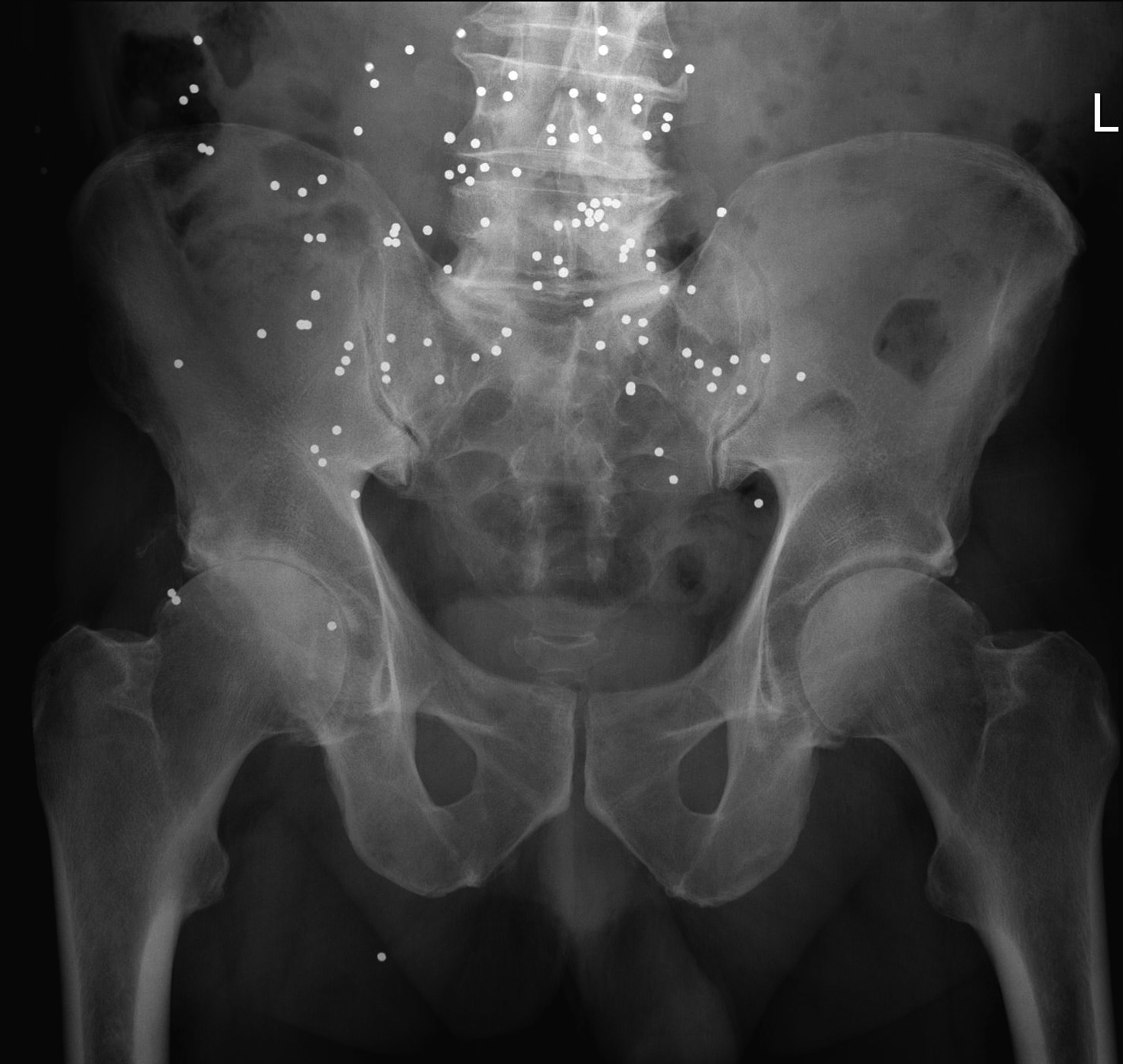

Ultrasonography and magnetic resonance imaging (MRI) are not associated with risk and are the imaging techniques of choice for the pregnant patient, but they should be used prudently and only when use is expected to answer a relevant clinical question or otherwise provide medical benefit to the patient. The American College of Obstetricians and Gynecologists’ Committee on Obstetric Practice makes the following recommendations regarding diagnostic imaging procedures during pregnancy and lactation: Breastfeeding should not be interrupted after gadolinium administration. If these techniques are necessary in addition to ultrasonography or magnetic resonance imaging or are more readily available for the diagnosis in question, they should not be withheld from a pregnant patient. With few exceptions, radiation exposure through radiography, computed tomography scan, or nuclear medicine imaging techniques is at a dose much lower than the exposure associated with fetal harm.

Ultrasonography and magnetic resonance imaging are not associated with risk and are the imaging techniques of choice for the pregnant patient, but they should be used prudently and only when use is expected to answer a relevant clinical question or otherwise provide medical benefit to the patient. However, confusion about the safety of these modalities for pregnant and lactating women and their infants often results in unnecessary avoidance of useful diagnostic tests or the unnecessary interruption of breastfeeding. ABSTRACT: Imaging studies are important adjuncts in the diagnostic evaluation of acute and chronic conditions.


 0 kommentar(er)
0 kommentar(er)
